Understanding your current marketing processes, knowing how to measure success, and being able to identify where you are looking for improvements, are all critical pieces of the SEO platform decision-making process. But deciding whether your company needs an SEO platform calls for the same evaluative steps involved in any software adoption, starting with a comprehensive self-assessment.
Use the following questions as a guideline to determine the answers.

Explore platform capabilities from vendors like Semrush, Ahrefs, Brightedge, Conductor and more in the full MarTech Intelligence Report on enterprise SEO platforms.
Employing people to implement and use SEO platforms is a prerequisite to success. If you have marketing staff, utilizing SEO toolsets can make them more efficient and effective. The vast majority of organic search marketers struggle to justify their SEO budgets. SEO platforms and tools are a key component of helping to keep overall costs down while getting the required work done. Their analytical capabilities can also help SEOs prove the impact of their work on the bottom line.
Enterprise SEO software can be a five- or six-figure investment annually. It is critical to demonstrate the value of SEO to C-level executives by running pilot test projects and agreeing to a definition of “success” in advance.
Successful SEO needs dedicated technical resources deployed to it to act on the recommendations and opportunities surfaced by the analytics and reports.
Enterprise SEO is commonly placed into marketing, editorial or IT, depending on the nature of the business. Unfortunately, in large companies, it usually ends up with either whoever has the budget, or whoever can best articulate the business case. In a best-case scenario, it should be both.
It is vital to provide training to technical, design, content, and marketing teams, and reinforce it on a regular basis. A successful enterprise SEO implementation will find ways to inject SEO knowledge into existing training programs and identify internal evangelists to broadly distribute the messages. Training needs to be comprehensive, consistent, and continuous. Some tool companies include or offer training for an additional fee, so be sure to ask about this.
Some tool providers focus significant development resources on simple interfaces that can be utilized by people in other organizational roles — such as writers or C-suite executives. If this is important to you, make sure you specifically look for this when evaluating possible platforms.
It’s important to know upfront what you want your SEO to achieve. Do you want to improve SERP rankings or the time visitors spend on your site? Is conversion – whether a product purchase or whitepaper download – your key objective? Having goals will help you decide if you’re ready to put an enterprise platform to good use, as well as help you decide which tool will best meet your organizational needs.
Depending on your site’s monetization strategy, make sure you know how you’ll determine if the rollout of the platform and the successful execution of the established KPIs actually increased sales, conversions or pageviews.
It is not uncommon for enterprise SEO efforts to take at least six months to generate tangible results. If SEO is a new initiative within the organization, there are cultural shifts and workflow processes that will need to be implemented and refined. Setting realistic timelines and goals will help build support at all levels of the enterprise.
Many organizations begin to invest in SEO but find that a lack of understanding of SEO across the organization cripples its progress. Broad educational programs are often required to provide consistent performance and results.
SEO platforms: A snapshot
What is SEO? Search engine optimization encompasses a wide range of marketing activities, including content marketing, user experience strategy, technical analysis, and more, all with the goal of increasing the traffic websites receive from search engines.
What do the tools do? SEO platforms help marketers draw more insights from their work. They offer capabilities such as rank-checking, advanced keyword research, competitive intelligence, and backlink analysis. What’s more, enterprise-level platforms take these functions to new heights with extensive auditing and analysis of page performance, making it easier to find key areas needing improvement.
Why we care. SEO has remained one of the key foundations of digital marketing for years. Search drives roughly 50% of website traffic on average, according to a study on SimilarWeb data by Growth Badger. And while marketers have developed strategies to keep up, SEO’s growing complexity has made this a more complicated marketing discipline that companies cannot afford to ignore.
Read next: What do SEO platforms do and how do they help marketers get found on search engines?




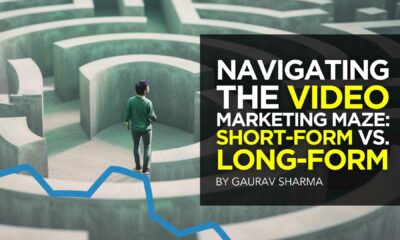





![The Current State of Google’s Search Generative Experience [What It Means for SEO in 2024] person typing on laptop with](https://articles.entireweb.com/wp-content/uploads/2024/04/The-Current-State-of-Googles-Search-Generative-Experience-What-It.webp-400x240.webp)
![The Current State of Google’s Search Generative Experience [What It Means for SEO in 2024] person typing on laptop with](https://articles.entireweb.com/wp-content/uploads/2024/04/The-Current-State-of-Googles-Search-Generative-Experience-What-It.webp-80x80.webp)




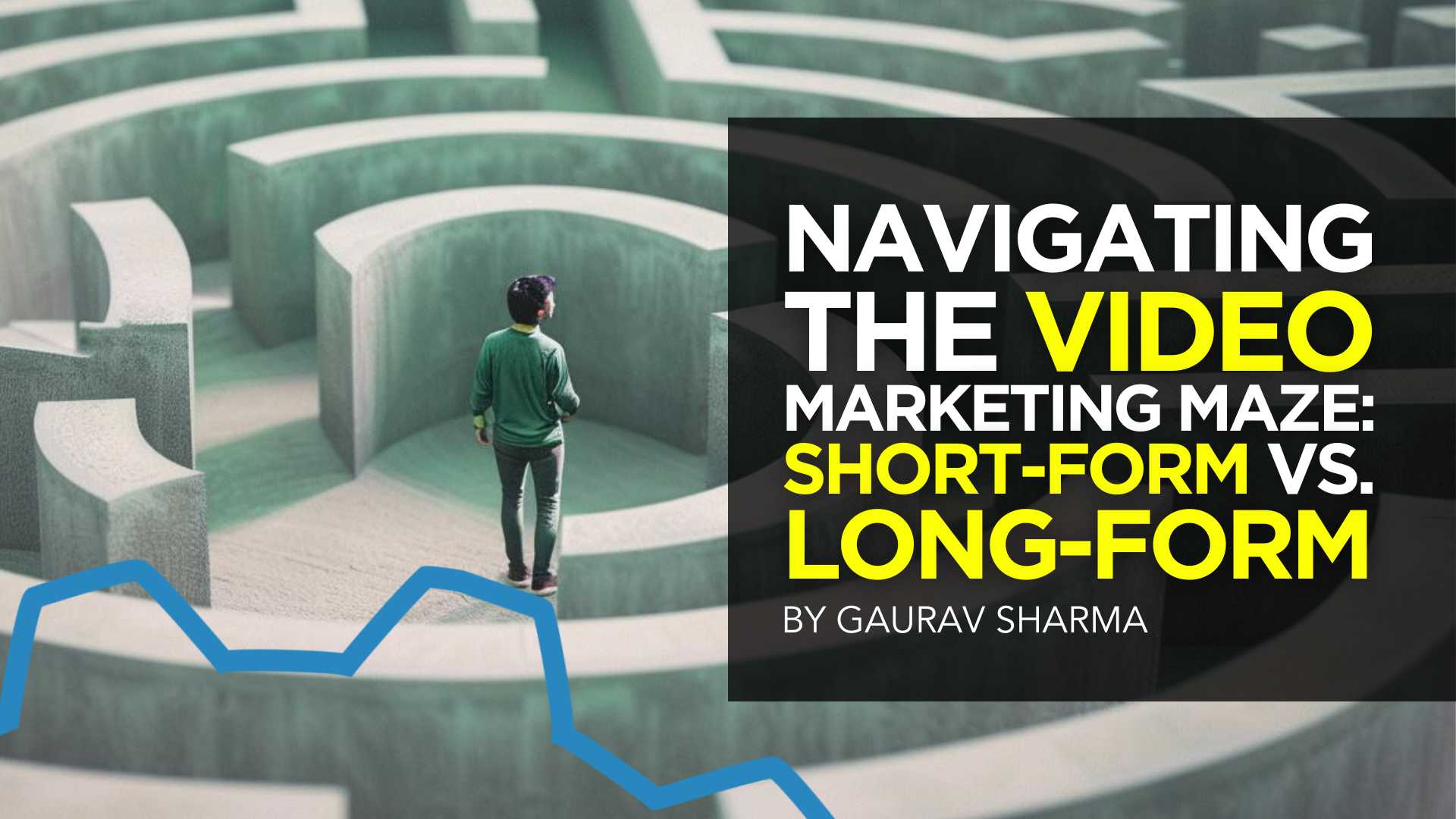

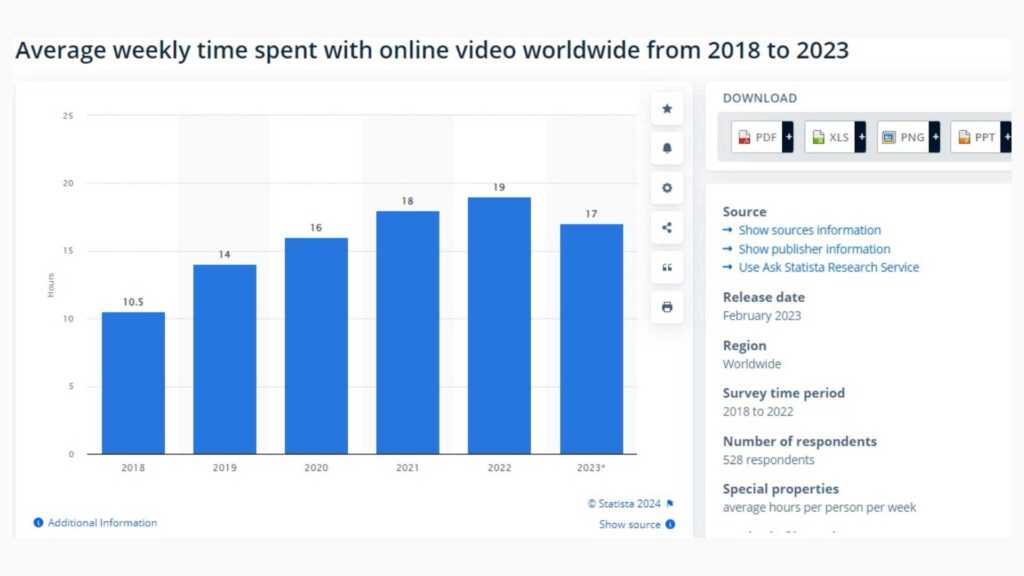
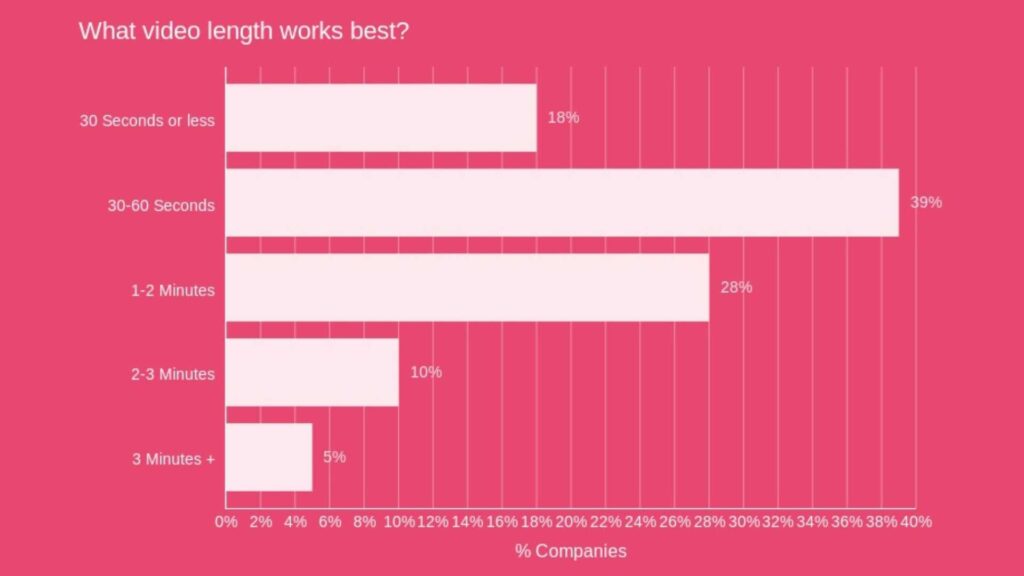
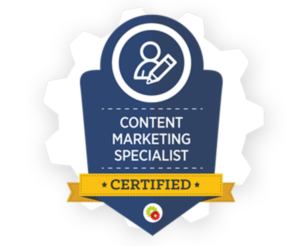
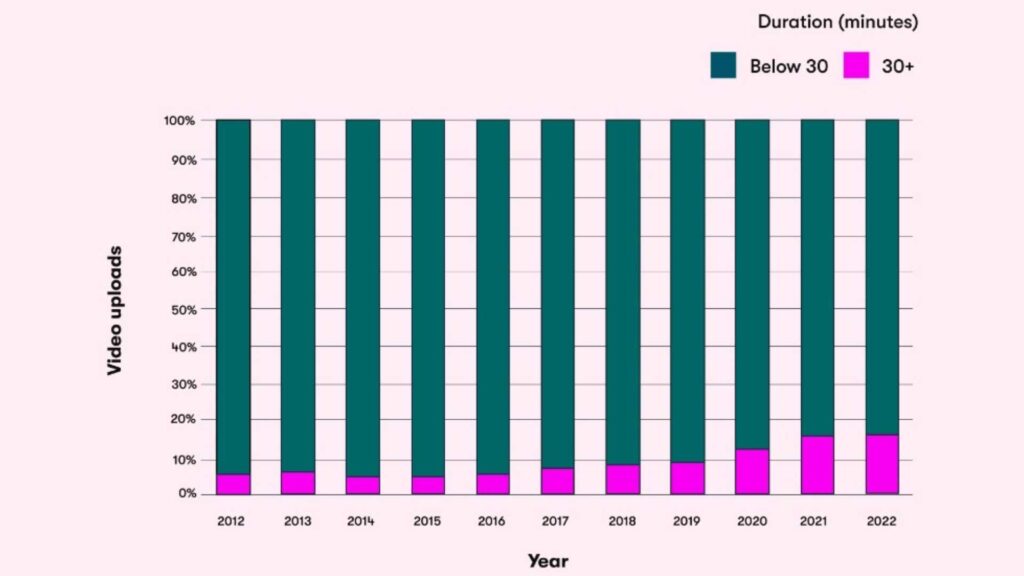
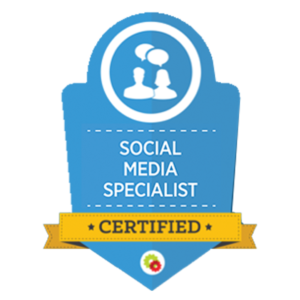

![The Current State of Google’s Search Generative Experience [What It Means for SEO in 2024] person typing on laptop with](https://articles.entireweb.com/wp-content/uploads/2024/04/The-Current-State-of-Googles-Search-Generative-Experience-What-It.webp.webp)
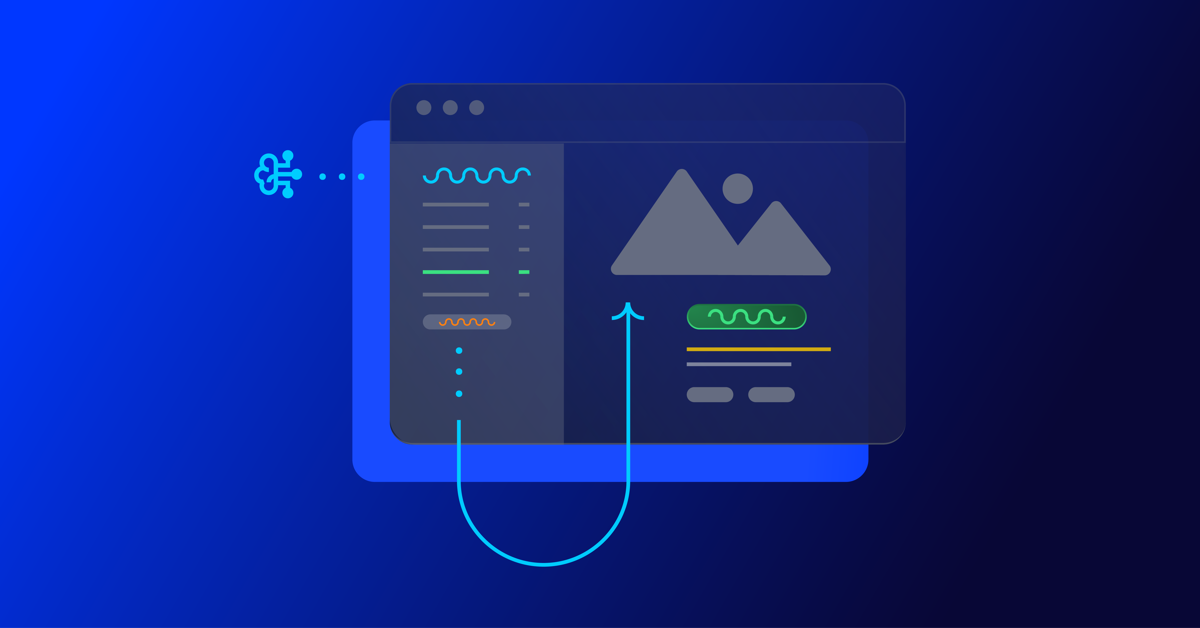
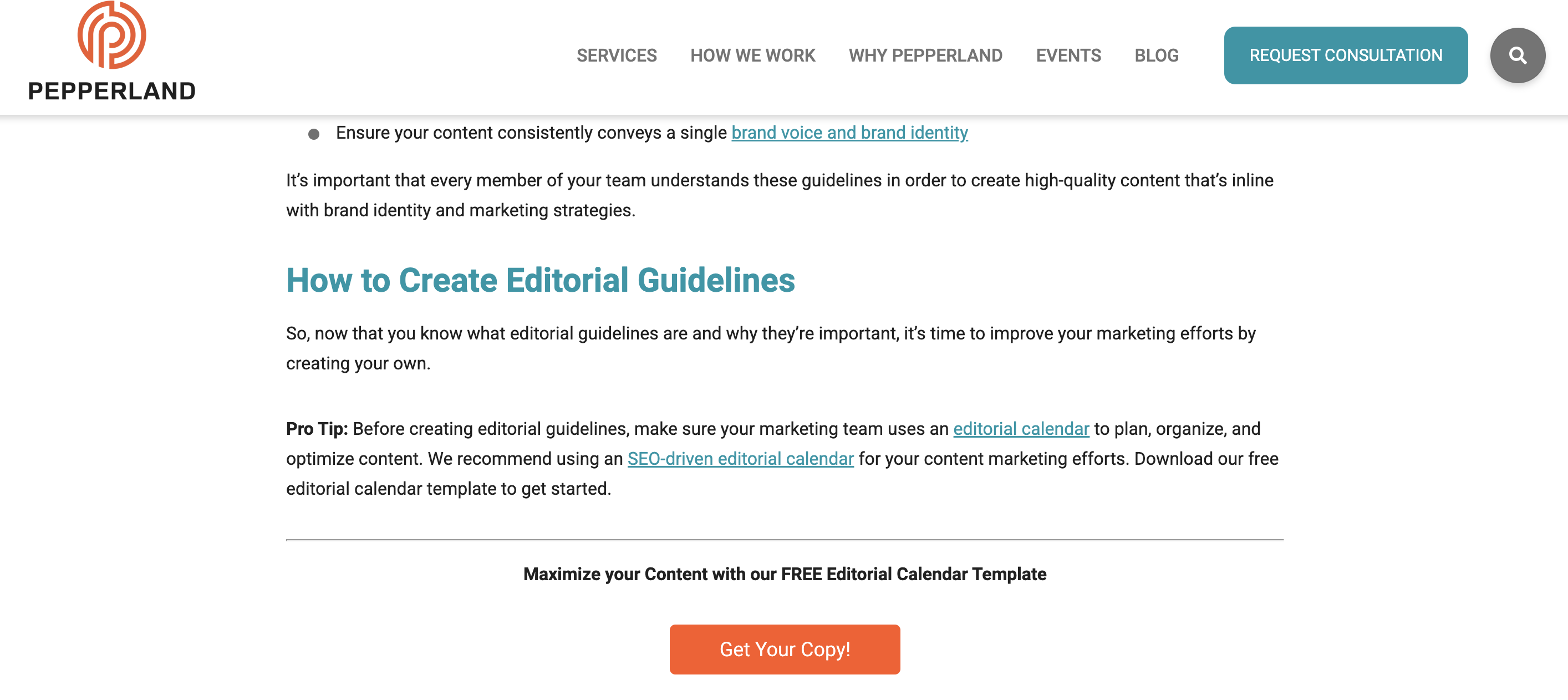
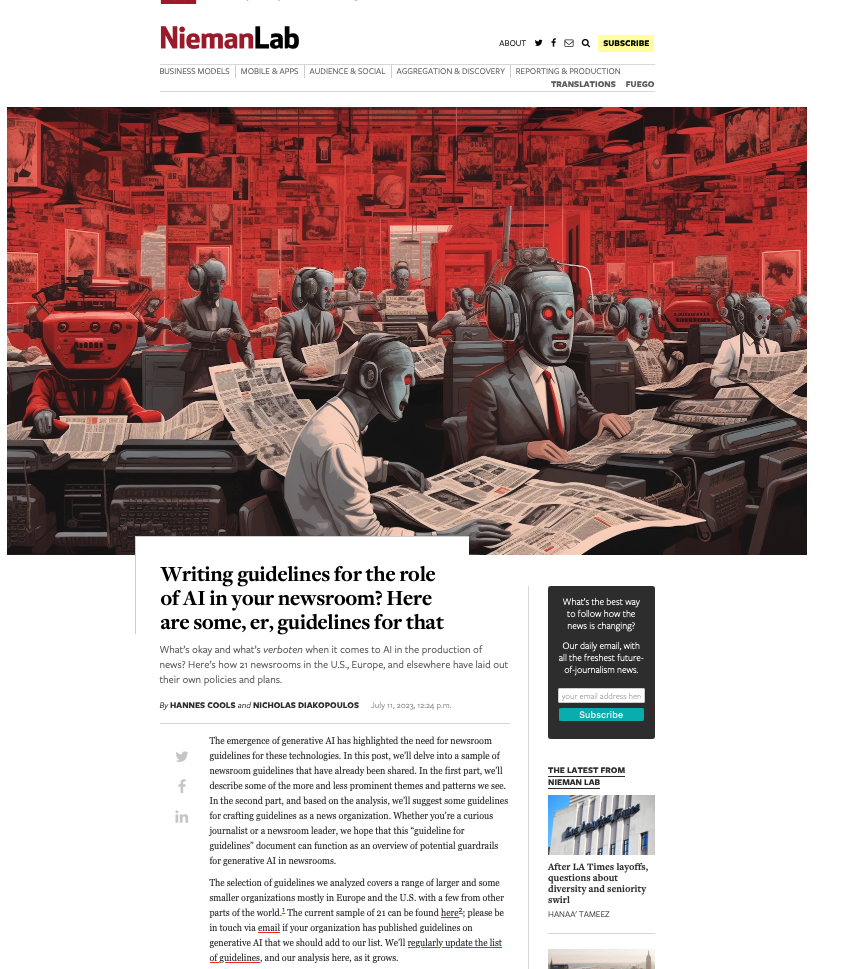
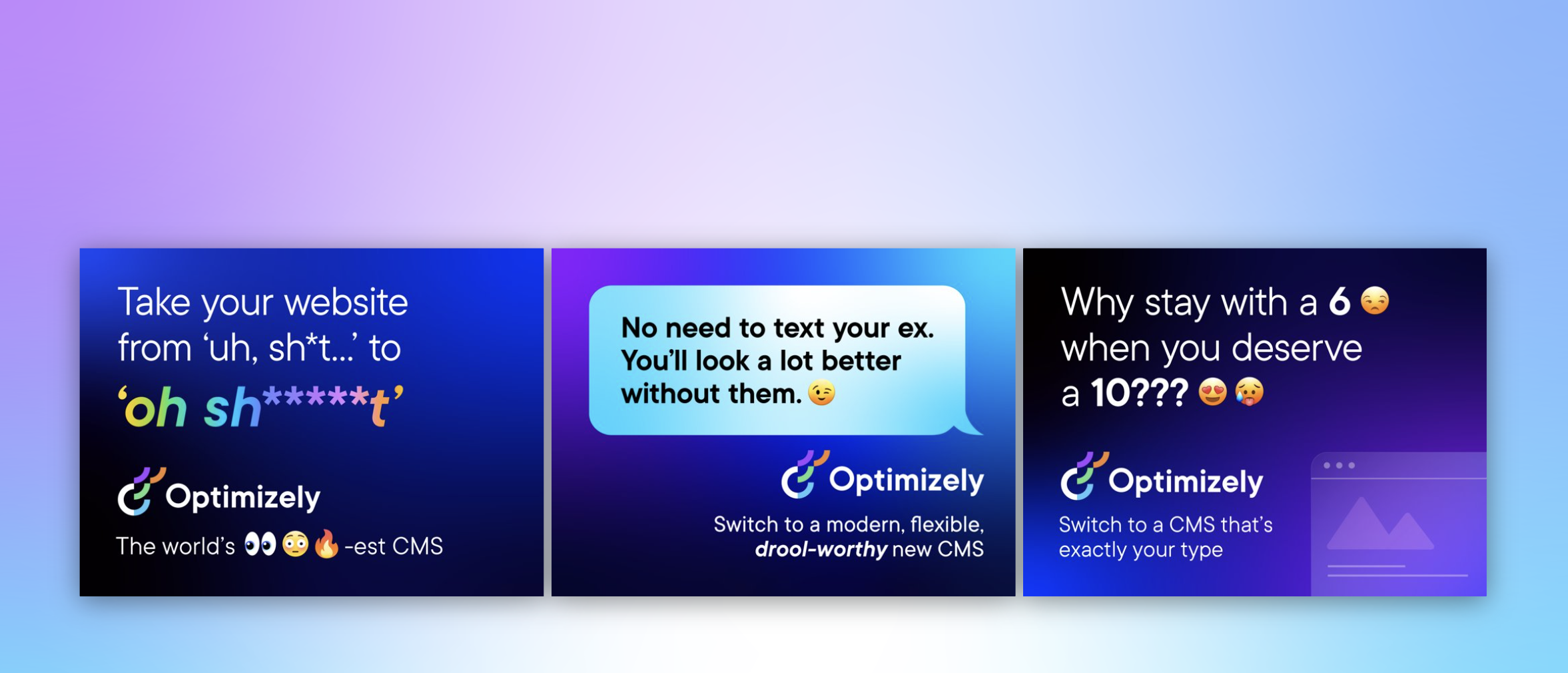
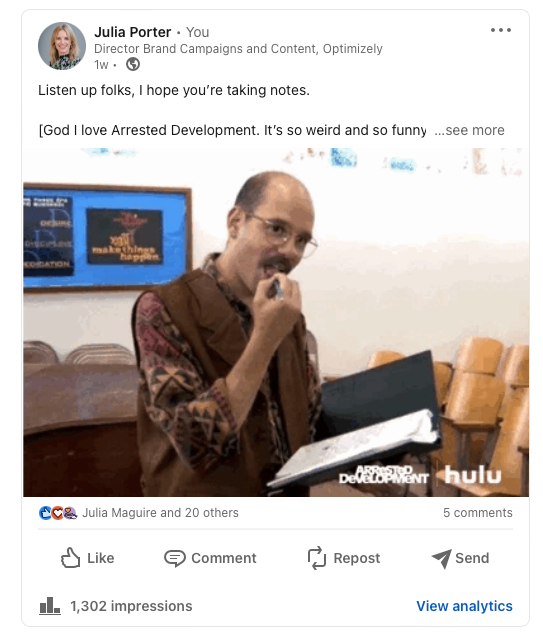
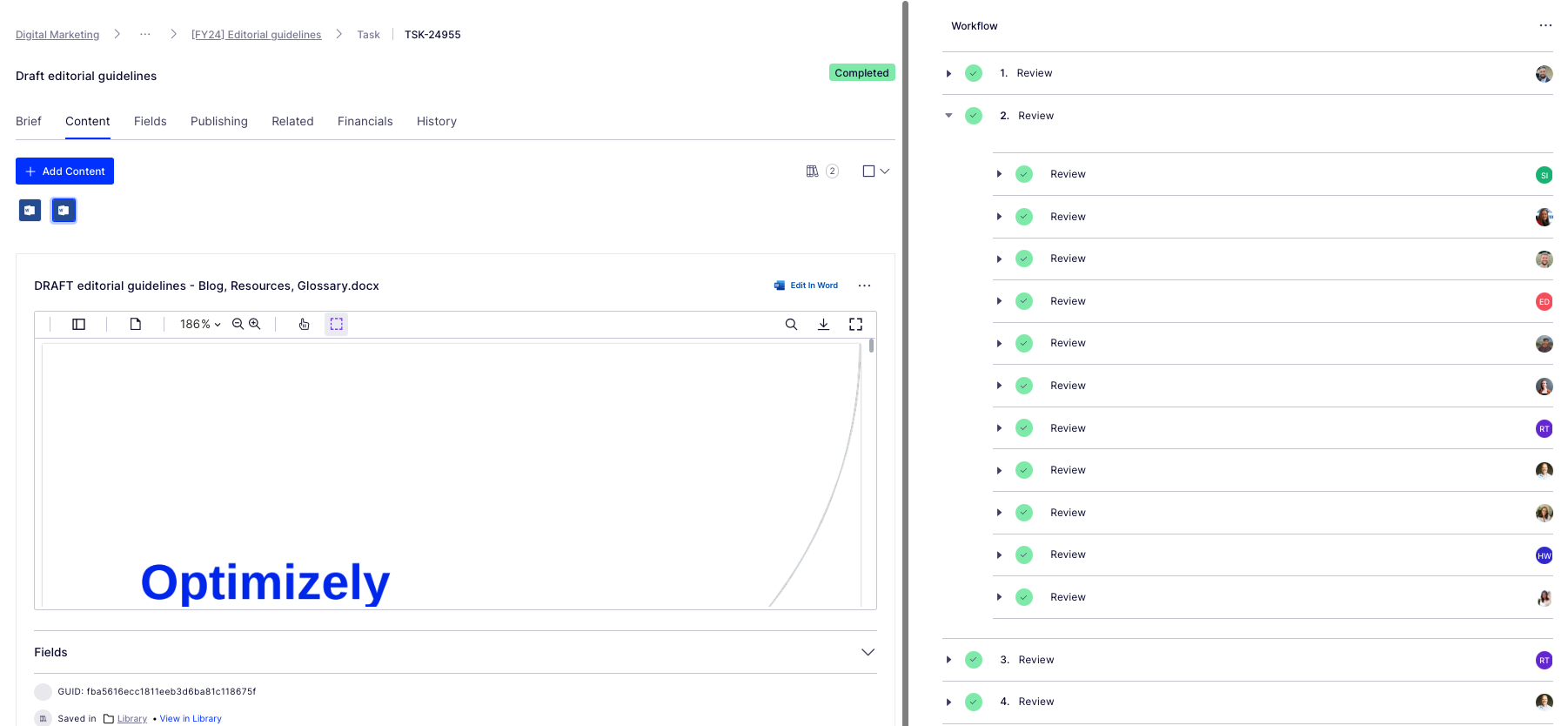
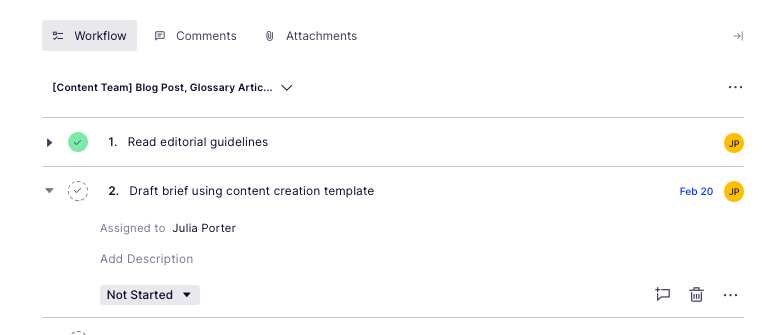



















You must be logged in to post a comment Login